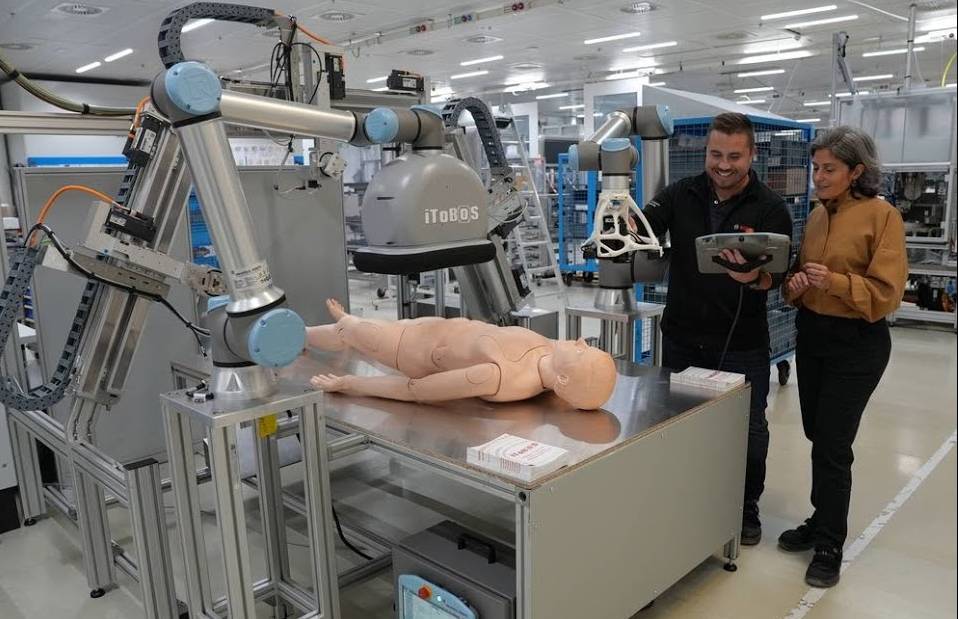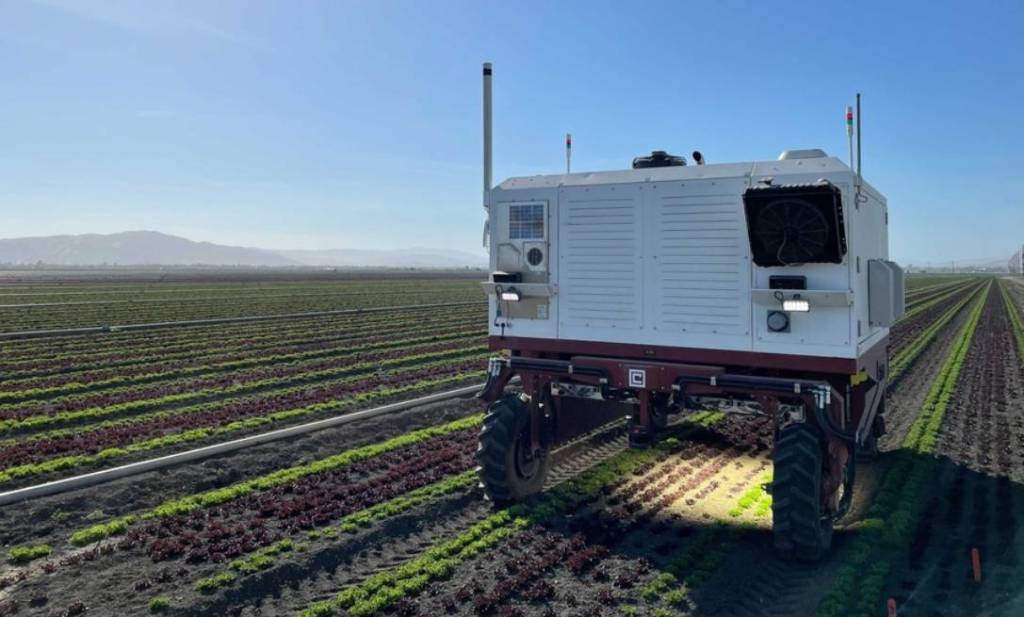
Liquid lenses often outshine their traditional counterparts. Their rapid response time allows for focus adjustments in 2 to 3ms, far surpassing mechanical systems. This speed is crucial in high-speed inspection or reading applications, where liquid lenses ensure crisp images for every frame at speed that enables scaling of any conveyor belt operation. The compact design of liquid lenses, achieved by eliminating complex mechanical components, results in significantly smaller and lighter optical systems. This size and weight reduction is particularly beneficial in space-constrained applications or portable devices. Additionally, their versatility allows for integration into various parts of an imaging system, including being embedded within or threaded to existing lenses.
Liquid lenses boast an extended lifetime, withstanding billion+ of focus cycles and far surpassing the lifespan of mechanical alternatives. This durability, coupled with their resistance to wear and tear, makes them ideal for high-cycle applications or harsh environments. Their power efficiency is another notable advantage, consuming very little energy and making them perfect for portable or battery-operated devices. The simplicity of liquid lenses eliminates the need for manual focus adjustment or complex autofocus mechanisms. This set&forget nature simplifies setup and reduces maintenance requirements. In applications with large depth-of-field requirements, a single liquid lens can often replace multiple fixed-focus cameras, reducing system complexity and cost. Despite their adaptive nature, high-quality liquid lenses maintain excellent optical performance, with minimal distortion and high resolution across their focus range. Many liquid lens designs are also insensitive to vibration and shock, ensuring stable performance in challenging environments. The adaptability and speed of liquid lenses make them ideal for a variety of applications:

Industrial Inspection
In high-speed production lines, liquid lenses enable rapid focus adjustment for inspecting objects of varying sizes and distances. This capability is crucial for applications like barcode reading, package sorting, and quality control, where traditional lenses struggle to maintain sharp focus at high speeds.
Life Sciences & Medical Imaging
Liquid lenses are revolutionizing microscopy and ophthalmology. In microscopy, they simplify and accelerate focus stacking, allowing for quick and precise focusing across multiple object planes. In ophthalmic equipment, liquid lenses can replace multiple glass lenses, reducing the size of devices like OCTs and phoropters while improving diagnosis speed. Melanoma detection is another case study in medical innovation. An exciting application of liquid lens technology is in early detection of potentially lethal skin condition. The Intelligent Total Body Scanner for Early Detection of Melanoma (iToBoS) project, funded by the EU’s Horizon Europe program, is developing an AI-powered diagnostic platform using high-resolution cameras equipped with liquid lenses. The iToBoS scanner, similar in design to an MRI machine, uses camera modules featuring Optotune’s EL-16-40-TC liquid lenses. These lenses allow for safe patient distance, rapid scanning for patient comfort, small field of view for high-resolution images, and adjustable depth of field to account for the patient’s body irregular 3D form. The liquid lenses in this application can quickly adjust focus from 350 to 650 mm working distances while maintaining a resolution of 20µm. This level of precision and adaptability is crucial for accurate melanoma detection and would be difficult to achieve with traditional optics.
Laser Weeding & 3D measurement
Automatic removal of weed that is too small to be picked by a human and addressing the shortage of manpower in farming in general is a great win for large scale farming. Figure 2 shows an autonomous vehicle moves through a field, while scanning the surface below for weeds that are lased with 3mm accuracy using CO2 lasers equipped with liquid lenses for reliable beam focusing at high speed enabling even 50ms fire period. When combined with distance sensors and cameras, liquid lenses enable rapid imaging of different planes of 3D objects. This capability is crucial for creating accurate 3D renders in various industrial and scientific applications.

